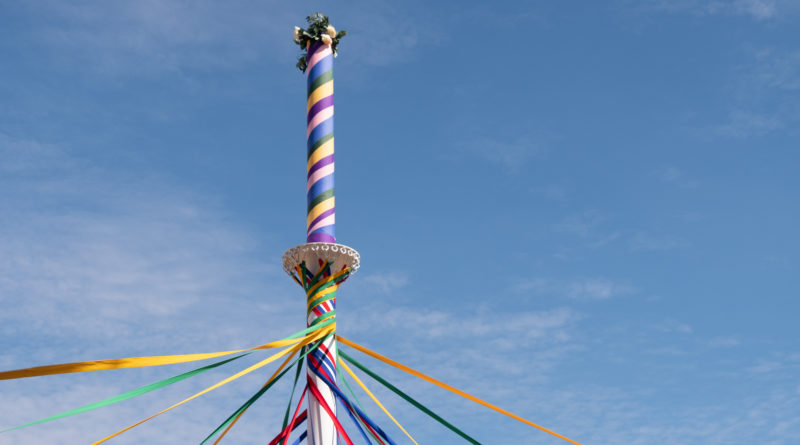What Is May Day?
1,059 total views, 1 views today
May Day is a national holiday often recognized as a celebration of spring and summer. However, many people are not familiar with its origins and its centuries of history. Additionally, May Day is now an occasion that celebrates two entirely different ideologies. Learn all about the many aspects of May Day below.
What is May Day?
May Day, which occurs on May 1, started as an ancient pagan spring festival since May 1 falls halfway between March’s spring equinox and June’s summer solstice. In ancient times, this date was important to the Celts of the British Isles given its status as a cross-quarter day (the midway point between a solstice and equinox). The Celts thus turned it into a holiday.
How did May Day start?
The Celts believed that May Day was their most important day because it divided the year roughly in half. The Celts celebrated May 1 with a festival called Beltane. Fire became a prominent symbol at the festival because, to the Celts, it represented the return of life and fertility to the world.
However, when the Romans took over the British Isles in AD43, they brought a five-day holiday called Floralia to the Celtic region. Floralia was a holiday that celebrated Flora, the goddess of flowers. Floralia was celebrated between April 20 and May 2, and its rituals were eventually combined with the celebration of Beltane. The result is what many historians now know as May Day.
How is May Day Celebrated?
Many people continue to recognize one popular tradition of May Day: celebrating around a maypole. A maypole is often set up for the day in forests, small towns, or even larger cities.
People sing and dance around the maypole, which is adorned with colorful ribbons and streamers. People would dance around maypoles because they symbolized fertility, which fire symbolized to the celts during Belnate. Additionally, baskets are laid around maypoles to symbolize male fertility, and wreaths are also used to symbolize female fertility.
In medieval times, maypoles and their decorations provided the basis for a big May Day competition. Many villages would compete with each other to see who had the tallest maypole. Additionally, some of the maypole celebrations included crowning of a “May Queen” or “May King.” Although the origin of the maypole is unclear, the mayday pole dates back to medieval times and its usage continues in some cultures’ modern celebrations.
In fact, if you’ve seen the 2019 movie Midsommar, you’ve seen the maypole. In the movie, the main character, Dani, takes part in traditional Maypole dancing, though with a dark twist. That said, despite the film’s darkness, it does show an accurate depiction of how a village would get together, dance around the maypole, sing some songs, and have a feast including herring.
What else happens on May Day?
In the 19th century, a new meaning of May Day emerged. May Day has also become known as International Workers’ Day for labor rights. The U.S. often does not partake in this version of May Day since Labor Day is often seen as an American workers’ holiday.
How do you celebrate May Day, if at all? Sound off in the comments!

